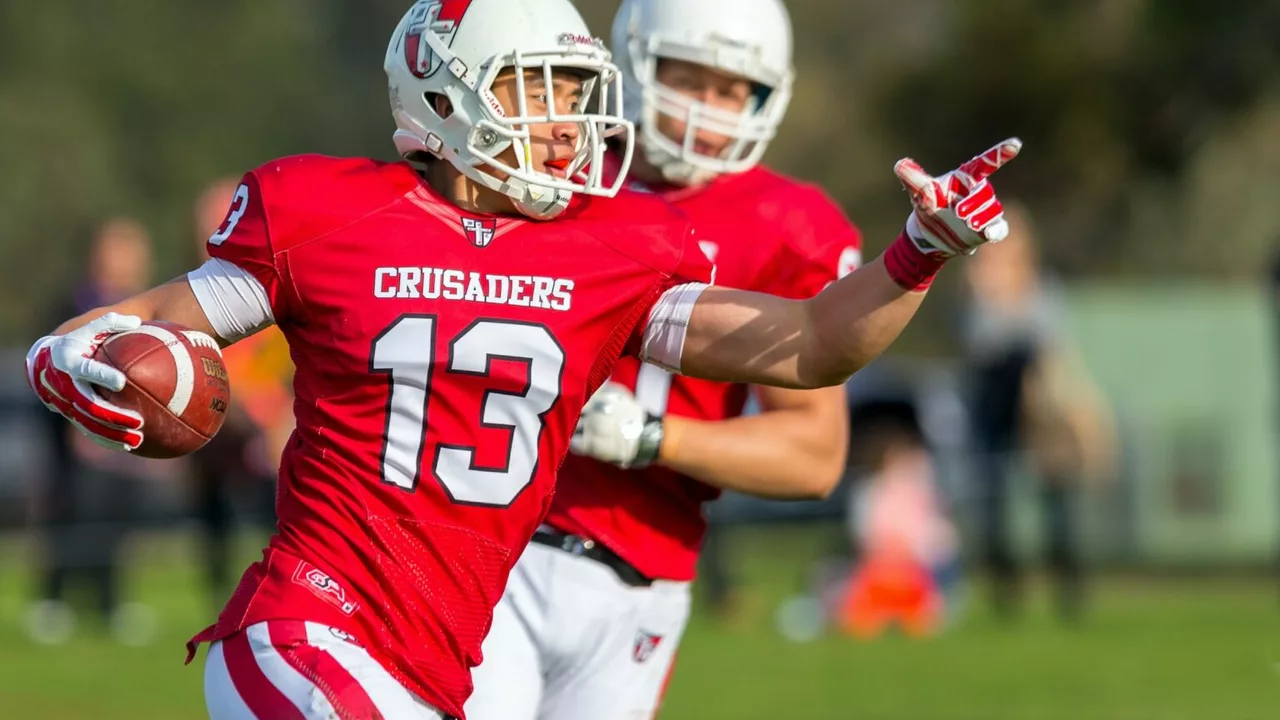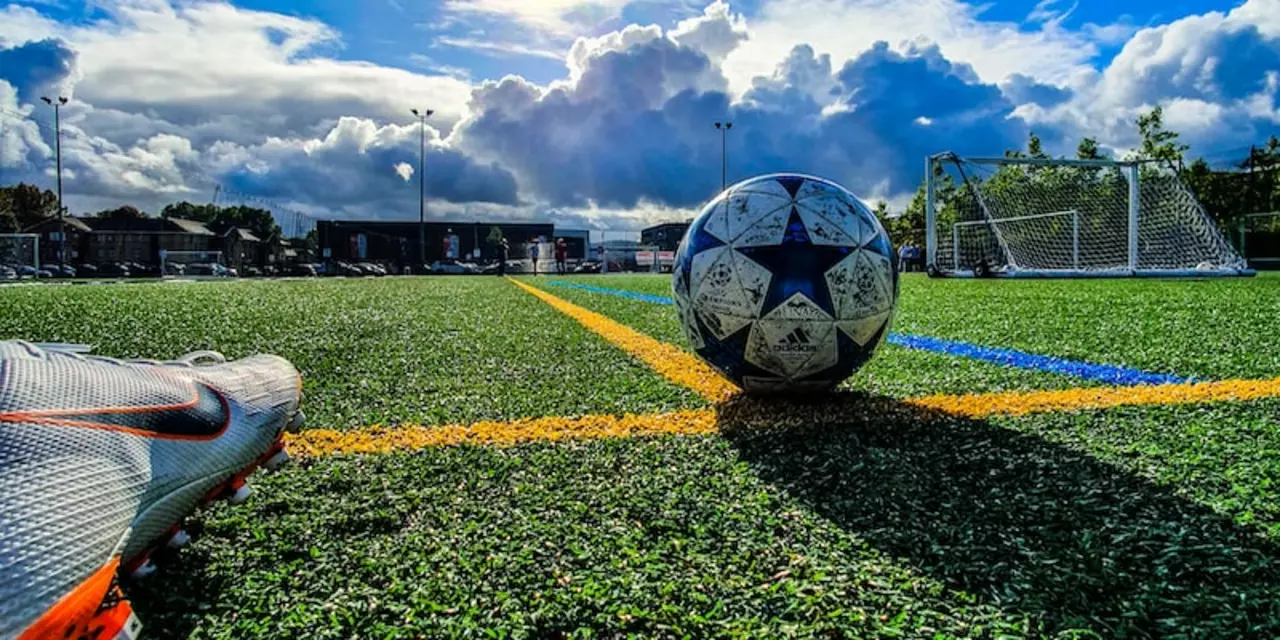Sports Analysis: Understanding the Game Beyond the Pitch
When talking about Sports Analysis, the systematic study of match tactics, player behavior, and league structures that shape football experiences, we’re really peeling back the layers that casual fans rarely see. Also known as football analytics, it blends data, history, and psychology to explain why certain patterns repeat across clubs and countries.
One standout pattern lives in the world of Jersey Number 10, the iconic squad number linked to playmakers and creative leaders on the field. The number’s aura isn’t just a marketing gimmick; it shapes player identity, influences scouting reports, and even sways fan expectations. For example, when a young midfielder dons the 10, coaches often assign him more freedom, while opponents may double‑track him, altering the tactical balance of the match.
Switching continents, the Brazilian Football League, Brazil’s top‑tier competition known for its flair, talent pipeline, and regional rivalries offers a different case study. Its structure—state leagues feeding into the national championship—creates a unique competitive rhythm. The league’s financial disparities and limited infrastructure investment affect club stability, which in turn impacts player development and the overall quality of play. Understanding these dynamics is essential for any thorough sports analysis that wants to compare South American leagues with European counterparts.
Why Sports Analysis Matters for Fans and Professionals
At its core, Sports Analysis requires a blend of statistical tools, historical context, and psychological insight. The field of soccer psychology, the study of mental factors that influence player performance and team cohesion adds depth to raw numbers. A player’s confidence after scoring a hat‑trick, for instance, can boost his shot accuracy by measurable percentages, a fact coaches exploit when designing line‑ups.
Meanwhile, league competitiveness, the degree to which clubs can challenge each other for titles and European spots acts as a barometer for the health of a football ecosystem. When a handful of clubs dominate, the league suffers from reduced fan engagement and lower broadcast revenues, which feeds back into the cycle of under‑investment. Analyzing promotion‑relegation trends, point spreads, and goal differentials helps illustrate why certain leagues thrive while others stagnate.
All these elements—iconic numbers, league structures, psychological factors, and competitive balance—interact in a web of cause and effect. Sports Analysis encompasses jersey number trends, requires understanding of league structures, and leverages soccer psychology to predict outcomes. By connecting these dots, readers gain a richer picture of what drives success on and off the field.
Below you’ll find a curated list of articles that dive deeper into each of these topics. Whether you’re curious about why the number 10 carries so much weight, how Brazil’s league format shapes player pathways, or what mental tricks top performers use, the collection offers practical takeaways and fresh perspectives. Let’s explore the insights together.

- 0 Comments
Well, folks, here's a fun football fact for you: Ever wonder why most soccer players would give their last kidney for the number 10? It's like a sacred badge in the world of soccer! The reason is simple and steeped in history. Iconic players like Pele, Maradona, and Messi have all worn the number 10, turning it into a symbol of greatness and skill. So, if you see a player with a number 10 jersey, you know they are not just any ordinary player, they're aiming to be the main attraction, the star of the show!

- 0 Comments
The Brazilian football league is considered to be one of the most popular and prestigious leagues in the world. However, the league has been criticized for its lack of competitiveness and overall quality. The main causes of this problem are a lack of investment in infrastructure, the dominance of a few big clubs, and a lack of financial fair play regulations. This has led to a lack of competition in the league, and has made it difficult for smaller clubs to compete. As a result, the overall quality of the league has suffered, and it is seen as one of the weakest in comparison to other major European leagues.